Whether in a municipal water system, industrial water treatment plant, groundwater monitoring, or agricultural irrigation system, pressure guarantees a steady flow of water to its intended destinations. However, too high or too low water pressure can cause problems like leaks, burst pipes, or inadequate water supply. Therefore, water pressure within every water system must be carefully monitored and effectively managed. Here, the water pressure instruments work for constant and real-time monitoring of water pressure within safe and efficient parameters.

What's the Source of Water Pressure?
Water pressure is the force exerted by water per unit area within a given system, such as pipes or containers. The aim is to ensure water reaches all parts of the distribution system at the desired pressure levels. It primarily comes from gravity or mechanical devices like pumps.
• Gravitational Potential Energy: Water stored in a reservoir, tower, or elevated tanks gains pressure due to gravity. Water pressure comes from the height difference between the water source and the distribution points. The higher the height, the greater the potential energy, and thus the pressure at the point of withdrawal. For example, a water tower positioned at a high elevation provides natural pressure to the system.
• Water Pumping Systems: Pumps are used to actively increase water pressure in municipal, industrial, or residential water systems. Pumps add energy to the water, pushing it through pipelines to various locations even when elevation differences are minimal. Most modern water systems rely on water pumps to generate pressure, balancing the flow rates and adjusting pump operation dynamically. Pump pressure can be adjusted depending on the system requirements.
Where are Water Pressure Instruments Installed?
Where water pressure comes from, there the pressure instruments are. To effectively monitor and maintain optimal water pressure, pressure measurement instruments need to be installed at strategic locations:
For Water Towers/Tanks/Containers
• Inside (At the Bottom or Side Wall): A water pressure transmitter or water level transmitter directly measures hydrostatic pressure. It indicates the real-time volume of water, ensuring an adequate water supply and preventing overflow.
• Outlet Pipeline: Placed and integrated with the pipeline to monitor pressure, which can aid in system balancing, troubleshooting, and consistent water distribution.
For Pumps
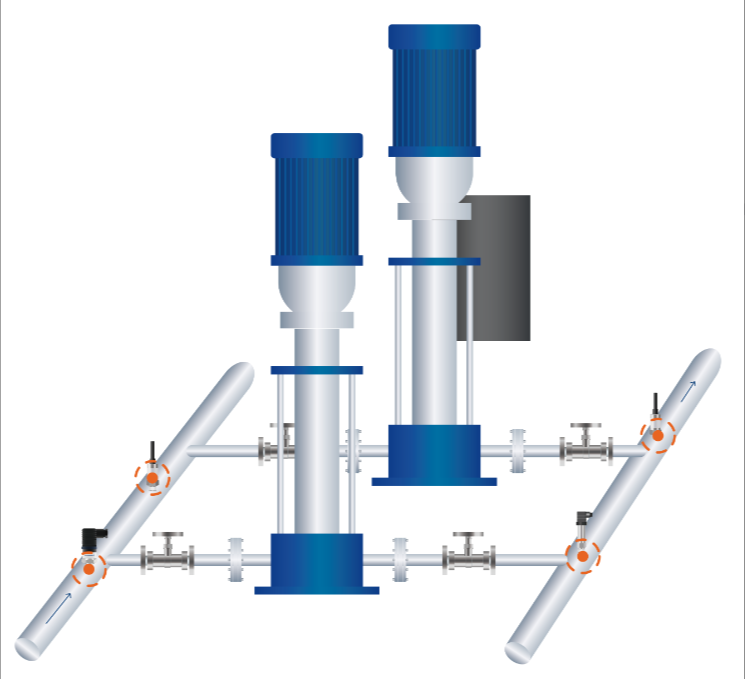
• Suction Side(Inlet): A water pressure transmitter is installed directly on the pipe before the pump inlet. Monitor inlet pressure to prevent cavitation and ensure adequate supply pressure.
• Discharge Side(Outlet): Monitor discharge pressure to verify pump performance, control pump operation, or for pressure control systems.
Water Pressure Gauge or Water Pressure Transmitter?
Choosing a suitable pressure instrument between a pressure gauge and a pressure transmitter depends on your specific needs. But generally, pressure transmitters are considered superior for most modern water systems.
Difference Between Water Pressure Gauges and Water Pressure Transmitters
| Feature | Water Pressure Gauge | Water Pressure Transmitter |
| Apperance |
|
|
| Output | Visual, local display | Electrical signal(e.g 4-20mA) |
| Monitoring | Local monitoring only | Remote monitoring and control |
| Installation | Threaded connection and mounting bracket | Requires an electrical connection; needs calibration or configuration with a control system |
| Use Examples | Residential water systems | Integration with control systems in water treatment plants and pump systems |
| Accuracy | Low accuracy, 2-3% full-scale | High accuracy & precision, optional of 0.25% or even 0.1% |
Advantages of Water Pressure Transmitters
If the water industry systems require automation, data logging, real-time monitoring, or high accuracy, it’s a good choice to use water pressure transmitters. They facilitate seamless integration with control systems such as PLCs, SCADA, DCS, and VFDs. Key benefits include:
✅ Reduction in Pipe Failures & System Failures
✅ Energy Savings in Pump Operations
✅ Process Stability & Product Quality
✅ Water Conservation & Environmental Compliance
Every water-related management or distribution system aims to provide a reliable supply while maintaining an effective operation, ultimately helping to conserve water and energy. Elevate your water management system with our water pressure transmitters—delivering precision, durability, and efficiency. Contact us to discover how our water measurement solutions can enhance your operations.
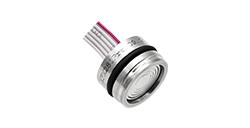
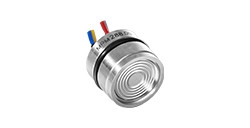
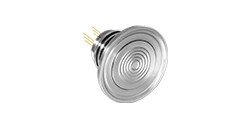
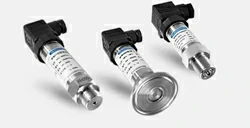
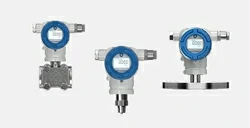

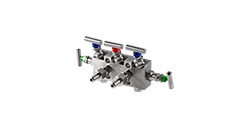
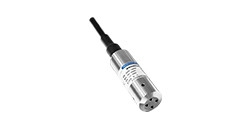
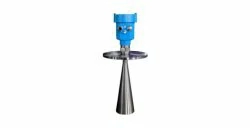
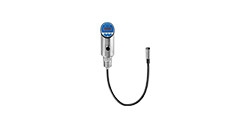
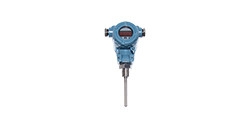
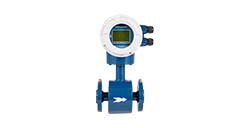
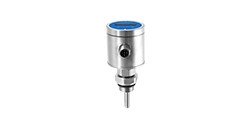
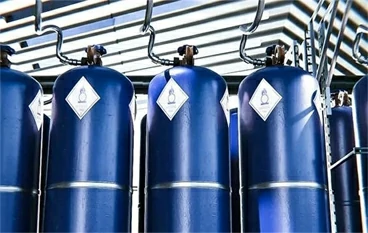
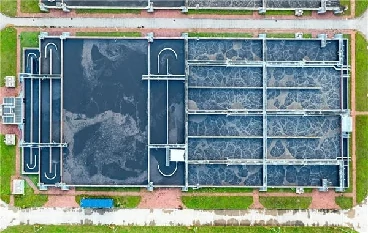
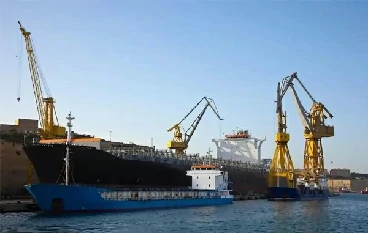
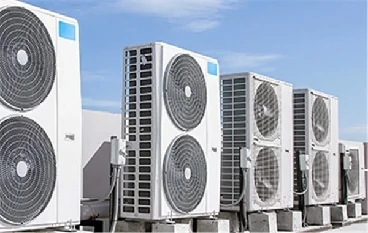
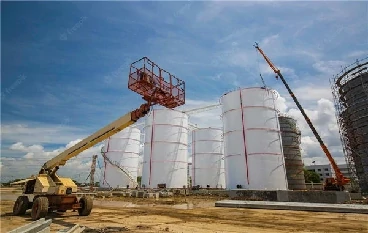
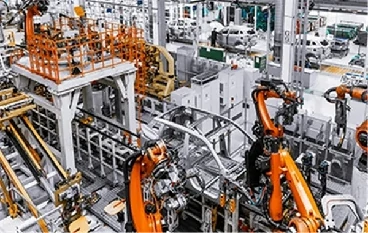
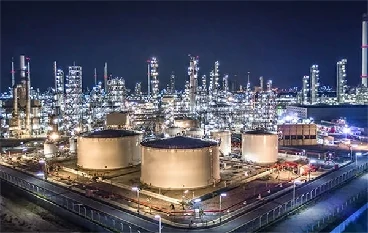
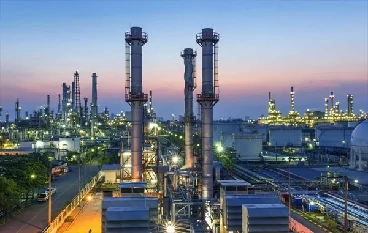
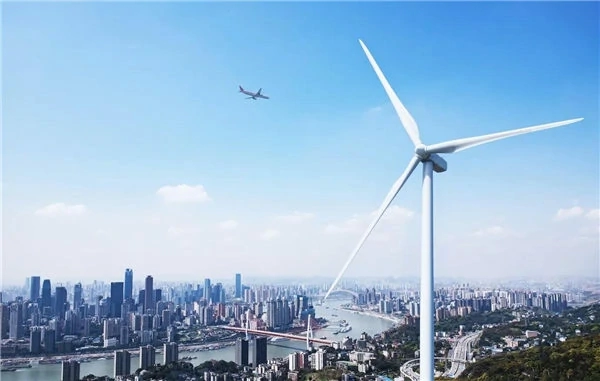
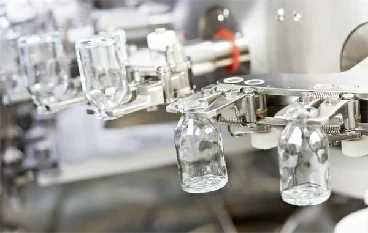
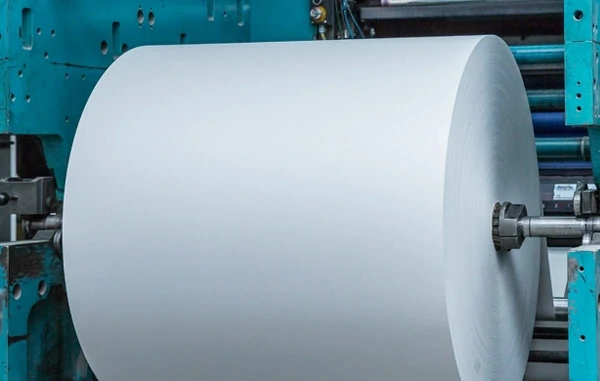
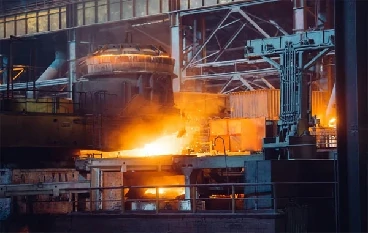
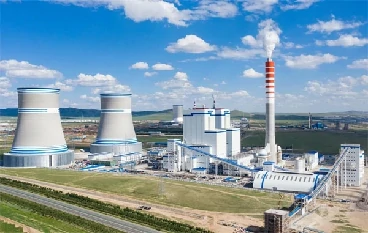

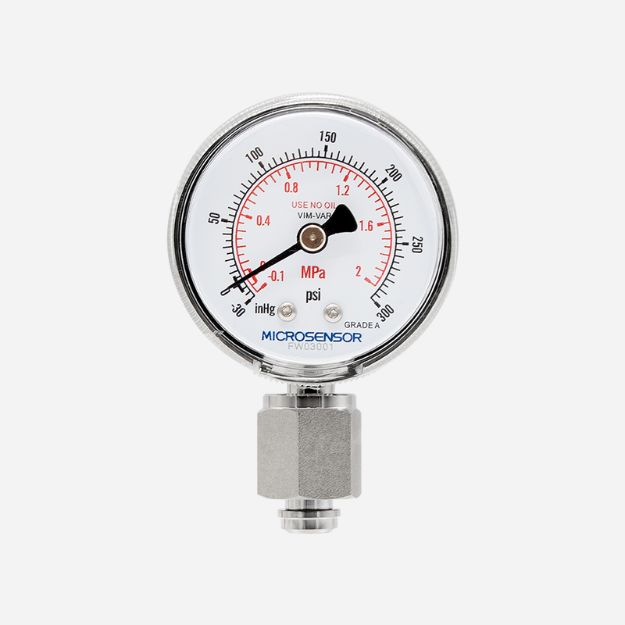
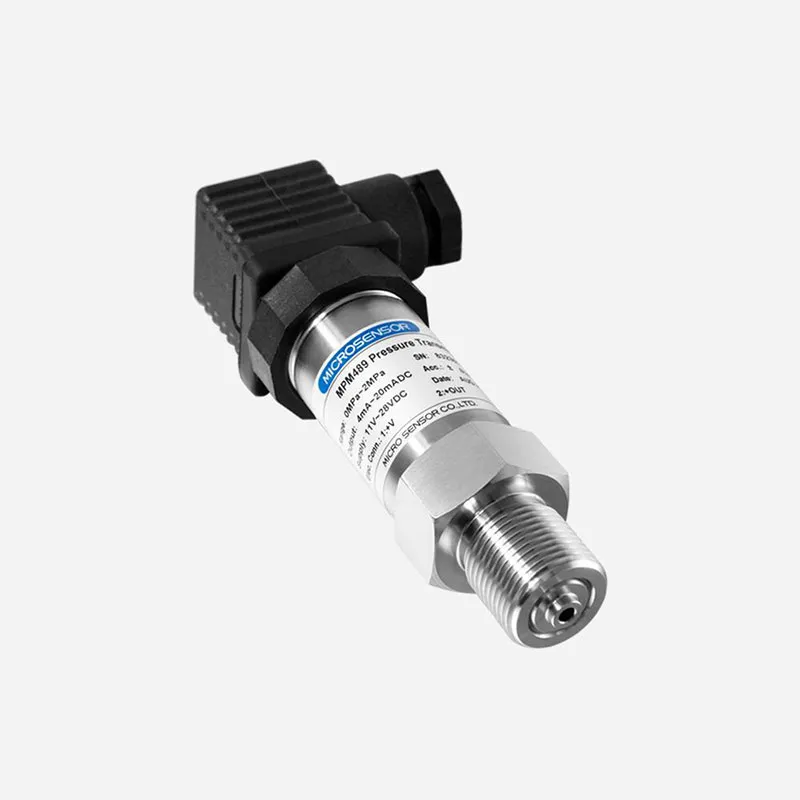

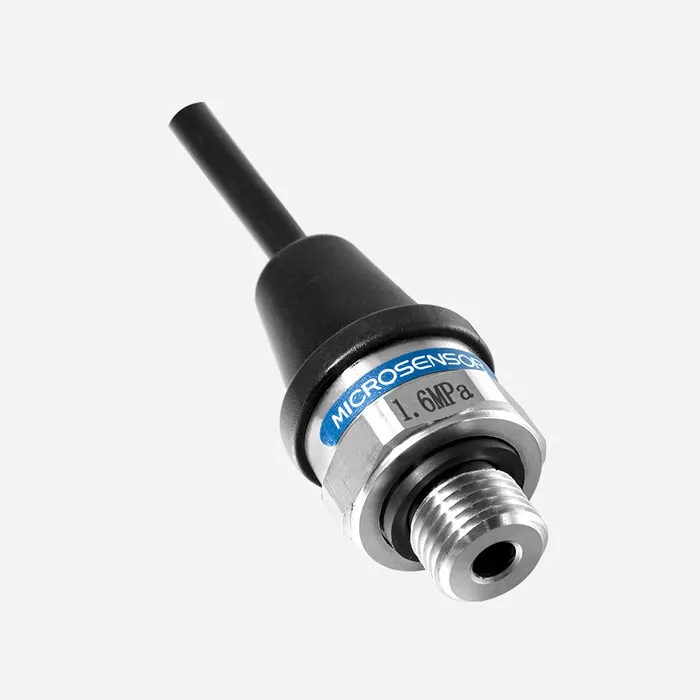
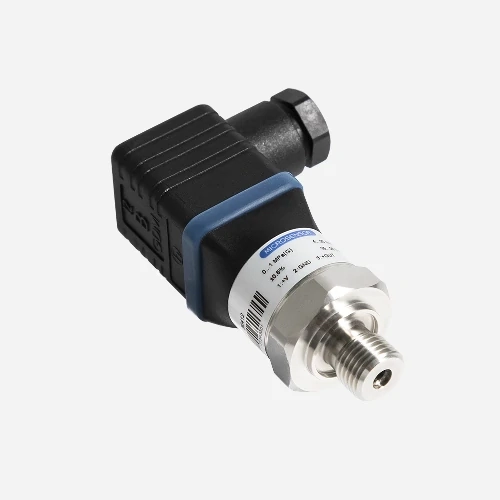
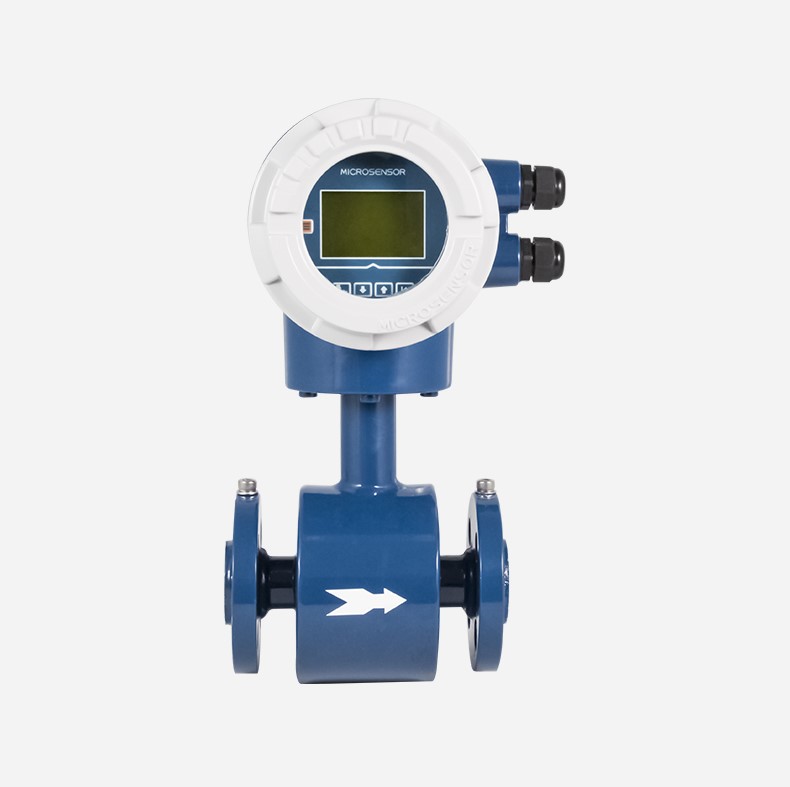
 Copyright © 2025 MICRO SENSOR CO., LTD
Copyright © 2025 MICRO SENSOR CO., LTD